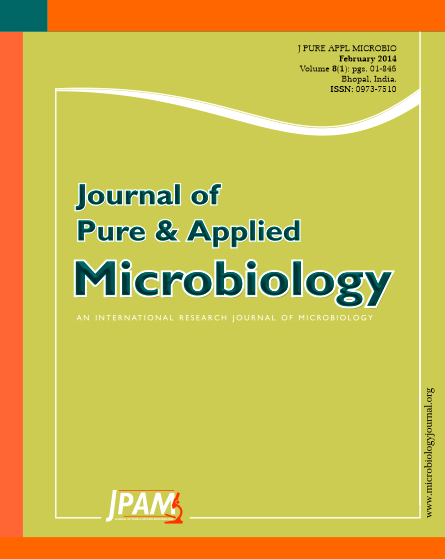Biodegradation of hydrocarbon-contaminated soils has been established as an efficient, economic, versatile and environmentally sound treatment. A total of nineteen morphologically different bacterial cultures were isolated. The growth of isolated cultures was studied in liquid M9 medium containing 0.5 % 2T engine oil. On the basis of increased OD in M9 medium, bacterial strains GD2 was selected for further study. On the basis of morphological, physiological and biochemical properties strain GD2 was tentatively identified as Acinetobacter sp. It was found that the GD2 strain degraded the following hydrocarbons (Trans, trans-1-6-dimethylspiro [4, 5] decane, Cis trans-1-6-dimethyl spiro [4, 5] decane, Pyrrolo [1, 2-a] pyrazine-1, 4-dione, hexahydro-3-(2-methylpropyl), Octateiacontyl pentafluoropropionate, Octacosyltri fluoroacetate, Triacontylacetate, Tetra triacontyl pentafluropropionate, Tetra triacontyl trifluoroacetate and Tetradecane, 1 bromo) present in 2T engine oil. Capability to degrade hydrocarbons makes it potential organism for consideration in the bioremediation of by 2T engine oil contaminated sites.
2T engine oil, Acinetobacter sp, Biodegradation, Enrichment, Hydrocarbon
© The Author(s) 2014. Open Access. This article is distributed under the terms of the Creative Commons Attribution 4.0 International License which permits unrestricted use, sharing, distribution, and reproduction in any medium, provided you give appropriate credit to the original author(s) and the source, provide a link to the Creative Commons license, and indicate if changes were made.


